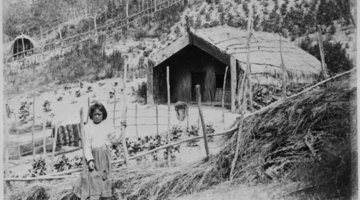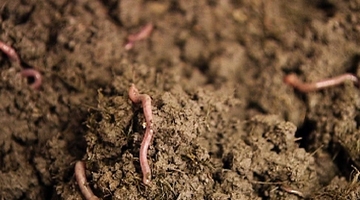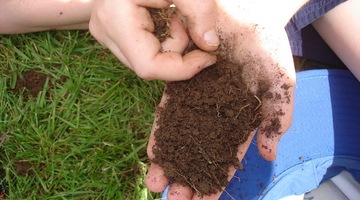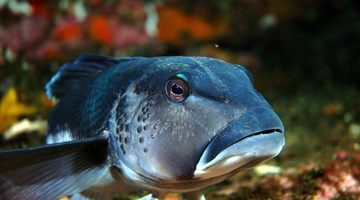

When Māori arrived in Aotearoa/New Zealand in the late 13th century, they found a land quite different to the Polynesia from which they had travelled. The cooler climate meant that some of the ...
READ MORE

If you dig a hole in your school playing field, will the soil there look the same as the soil in your home garden? Is soil the same all over New Zealand? Rights: Waikato Regional Council Similar ...
READ MORE

Imagine having a job where you get to work outside and no one worries if you get dirty! That is one aspect many soil scientists enjoy about their jobs. Like other scientists, they have a love of ...
READ MORE

In this activity, students use Hub resources to learn about two unusual native New Zealand soil creatures. This cross-curricular activity combines science with reading, viewing, writing and ...
READ MORE

In this activity, students gather soil samples from their homes to view how soils differ from location to location. By the end of this activity, students should be able to: observe similarities ...
READ MORE

In this activity, students use a picture book and/or dig a hole to learn more about soil, observation and inference in science. By the end of this activity, students should be able to: make ...
READ MORE

Earthworms are useful indicators of soil health. This project aims to capture information on earthworm abundance and species distribution throughout New Zealand. Information provided will be used ...
READ MORE

This citizen science project wants your assistance to extract information from various climate scientific graphics to help combat misinformation and support scientific communication. Using this ...
READ MORE

Be part of a worldwide movement and use Global Earth Challenge to submit or classify photos to help our planet’s environment and human health. Global Earth Challenge is a citizen science campaign ...
READ MORE

Seaweek is New Zealand’s annual national week about the sea. It is coordinated by the Sir Peter Blake Marine Education and Recreation Centre (MERC) and includes a wide range of events ...
READ MORE

Do you need resources for Seaweek? Are you planning a science unit on the sea? In this online PD session recorded on 18 February 2016, PD provider and teacher Barb Ryan explores some of the ...
READ MORE

There are many marine classroom activities and resources on the Science Learning Hub useful for Seaweek 2015. This online PD session recorded on 19 February 2015 shows primary and secondary ...
READ MORE
Professor Louis Schipper from the University of Waikato explains how soil is formed.
READ MORE
Along with the water we drink and the air we breathe, soil is one of our most important natural resources. We need to protect soil by keeping it healthy and using it wisely. Soil scientists help ...
READ MORE
Dr Ross Monaghan from AgResearch at Invermay in Otago talks about various practices that can be employed to manage nutrient losses from becoming a problem on farmland.
READ MORE

Sea stars have many weird and wonderful adaptations including both sexual and asexual reproduction. Click on any of the labels in this interactive to view short video clips or images to learn ...
READ MORE

Sea stars have many weird and wonderful adaptations – including some unusual internal systems. Click on any of the labels in this interactive to view short video clips or images to learn more ...
READ MORE

This timeline outlines a short history of plastic – a truly innovative product. It also presents some of the impacts plastic has had on our society and environment and a few of the initiatives ...
READ MORE